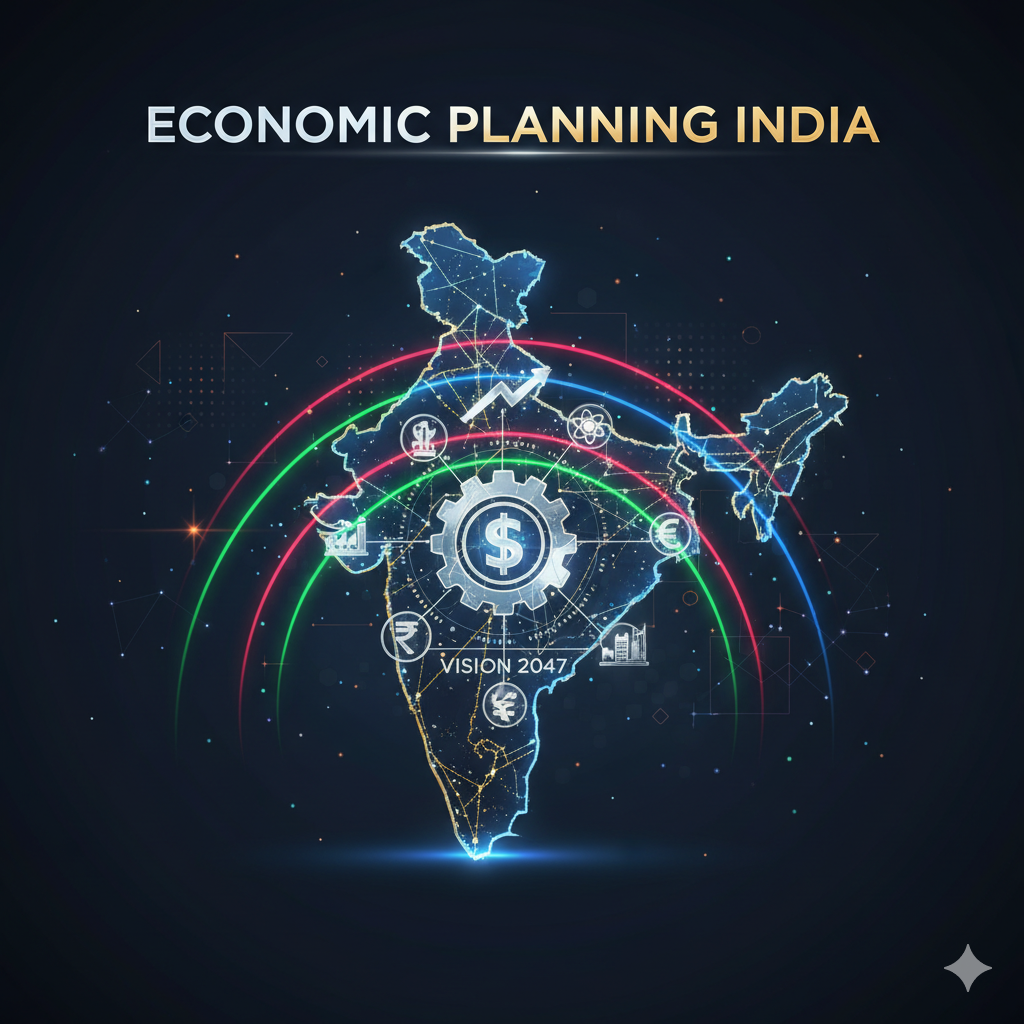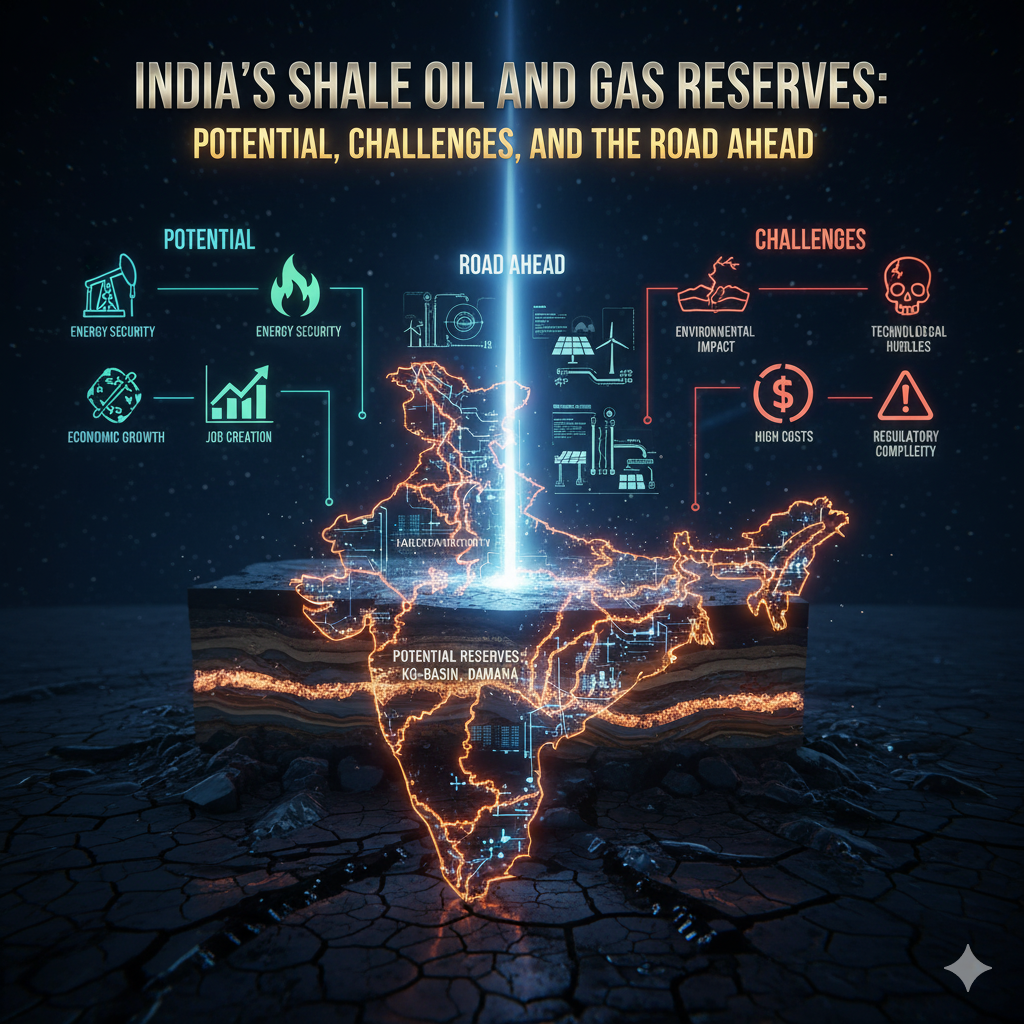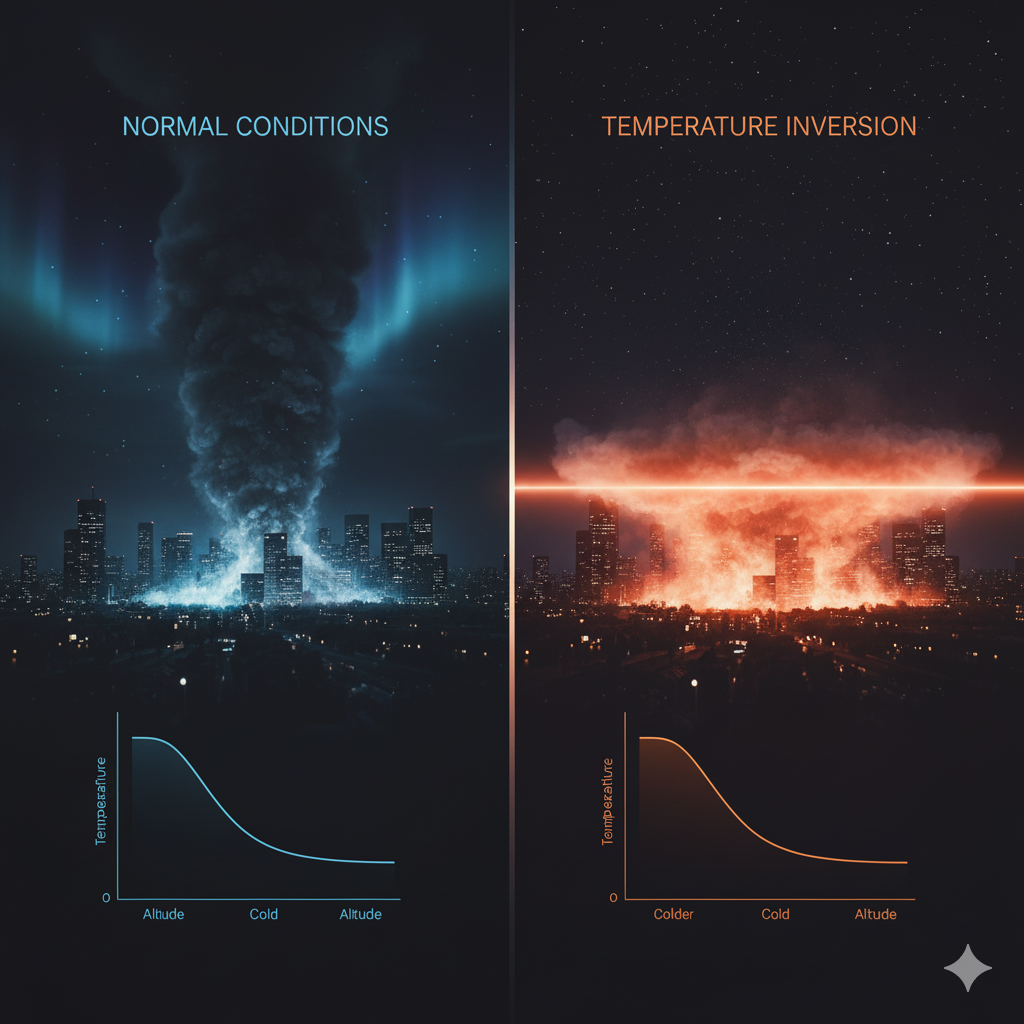Introduction
Climate change has accelerated the melting of polar ice in both the Arctic and Antarctic regions, leading to significant consequences for global weather systems and human societies. While both regions are polar and covered by ice, the Arctic is a frozen ocean surrounded by land, whereas the Antarctic is a frozen continent surrounded by ocean. These geographical distinctions cause their ice melting to have different environmental and socio-economic impacts. Understanding these effects is essential for climate science, policy-making, and disaster preparedness.
1. Geographic and Climatic Differences Between Arctic and Antarctic
Arctic
- Location: North Pole, surrounding Arctic Ocean, parts of Canada, Russia, Greenland, Norway, and the United States.
- Ice Type: Sea ice and glaciers; Arctic ice is floating ice over ocean and continental glaciers on land (e.g., Greenland Ice Sheet).
- Climate: Warmer than Antarctica, experiencing seasonal ice melt.
Antarctic
- Location: South Pole, continent of Antarctica surrounded by Southern Ocean.
- Ice Type: Continental ice sheet, the largest on Earth, containing over 90% of the world’s freshwater ice.
- Climate: Colder and drier; ice is mostly on land, making meltwater contribution to sea level more direct.
The differences in geography and ice type create distinct effects on weather and human activities when ice melts.
2. Melting of Arctic Ice and Its Impacts
a) Changes in Weather Patterns
- Polar Amplification
- Arctic warming occurs at twice the global average rate, known as polar amplification.
- Reduced ice cover lowers surface albedo (reflectivity), causing the ocean to absorb more heat, accelerating warming.
- Disruption of Jet Streams
- Melting Arctic ice weakens the temperature gradient between poles and mid-latitudes.
- This leads to slower, wavier jet streams, causing prolonged heatwaves, cold spells, and erratic weather patterns in Europe, Asia, and North America.
- Sea Ice Decline and Storms
- Reduced sea ice increases ocean evaporation, intensifying winter storms and precipitation in the Northern Hemisphere.
Example:
- The 2021 cold wave in Texas, USA, was linked to Arctic warming and jet stream disruptions.
- Northern Europe has experienced wetter winters and erratic rainfall patterns due to Arctic sea ice decline.
b) Impact on Human Activities
- Marine Navigation and Shipping
- Melting sea ice opens the Northwest Passage and Northern Sea Route, creating new trade routes, shortening shipping distances between Asia and Europe.
- Economic opportunities arise, but risks of maritime accidents and oil spills increase.
- Fisheries
- Changes in sea ice affect Arctic marine ecosystems, altering fish migration patterns, threatening indigenous communities relying on fishing.
- Infrastructure and Indigenous Communities
- Permafrost melting damages buildings, roads, and pipelines in Arctic settlements.
- Indigenous communities face disruption to traditional hunting and lifestyle practices.
- Resource Exploitation
- Exposed areas allow mining and oil exploration, potentially exacerbating environmental risks.
3. Melting of Antarctic Glaciers and Its Impacts
a) Changes in Weather Patterns
- Sea Level Rise
- Antarctic ice is mostly land-based; melting contributes directly to global sea level rise.
- Rising seas alter coastal weather, increase storm surges, and exacerbate flooding.
- Ocean Circulation Disruption
- Freshwater input from melting glaciers affects thermohaline circulation (global ocean currents).
- Changes in the Antarctic Circumpolar Current can influence rainfall patterns and temperatures in distant regions.
- Regional Climate Effects
- Melting ice leads to cooling in some nearby areas (local meltwater reduces sea temperature) but overall contributes to global warming via sea-level rise.
- Antarctic ice melt affects Southern Hemisphere rainfall patterns, influencing South America, Africa, and Australia.
Example:
- Accelerated melting of the West Antarctic Ice Sheet contributes to rising sea levels in the Pacific and Indian Ocean coasts, impacting countries like Bangladesh, Maldives, and Australia.
b) Impact on Human Activities
- Coastal Communities
- Sea level rise threatens millions of people living in coastal areas, causing displacement, loss of livelihoods, and economic losses.
- Cities like Mumbai, Shanghai, and New York face increased flood risks.
- Global Agriculture
- Disrupted weather patterns affect monsoons in South Asia and rainfall in Africa, impacting crop yields and food security.
- Infrastructure Damage
- Rising sea levels and increased storm surges threaten ports, roads, and coastal infrastructure worldwide.
- Shipping and Icebergs
- Melting glaciers release icebergs into shipping lanes around the Southern Ocean, posing navigation hazards.
4. Comparative Analysis: Arctic vs. Antarctic Ice Melt
| Feature | Arctic Melting | Antarctic Melting |
|---|---|---|
| Geography | Ocean surrounded by land | Continent surrounded by ocean |
| Type of Ice | Sea ice + Greenland glaciers | Continental ice sheet |
| Impact on Weather | Jet stream disruption, extreme weather in Northern Hemisphere | Sea level rise, ocean circulation changes, Southern Hemisphere rainfall shifts |
| Human Activities | Shipping routes, fisheries, permafrost damage, resource exploitation | Coastal flooding, agriculture disruption, infrastructure damage, iceberg hazards |
| Feedback Mechanism | Polar amplification (albedo effect) | Contribution to global sea level rise |
| Timeframe of Effects | Short-term and seasonal | Long-term and cumulative |
5. Broader Global Implications
a) Extreme Weather Events
- Melting polar ice increases the frequency and intensity of cyclones, hurricanes, and storms globally.
- Northern Hemisphere experiences longer winters and hot summers due to Arctic ice loss.
- Southern Hemisphere experiences altered rainfall and coastal flooding risks due to Antarctic melt.
b) Biodiversity Impacts
- Arctic: Melting ice affects polar bears, seals, and marine ecosystems.
- Antarctic: Penguin colonies and krill populations are affected by changing ice and ocean conditions.
c) Economic Consequences
- Arctic: Shorter shipping routes may reduce transportation costs but increase geopolitical tensions.
- Antarctic: Sea level rise threatens urban economies, tourism, and ports.
d) Human Health
- Arctic: Increased exposure to pathogens and pollutants from thawing permafrost.
- Antarctic: Indirect health risks via food insecurity, flooding, and extreme weather globally.
6. Case Studies
a) Greenland Ice Sheet (Arctic)
- Losing 280 billion tons of ice per year (2020–2025).
- Contributes to local ocean warming, jet stream disruption, and rising sea levels.
b) West Antarctic Ice Sheet
- Contains enough ice to raise global sea levels by 3.3 meters if fully melted.
- Major contributor to long-term coastal hazards worldwide.
7. Conclusion
The melting of Arctic ice and Antarctic glaciers has different but interconnected impacts on global weather and human activities. Arctic ice melt primarily affects Northern Hemisphere weather patterns, jet streams, and local ecosystems, while Antarctic ice melt contributes directly to sea level rise, ocean circulation changes, and global climate impacts, especially in the Southern Hemisphere. Both phenomena highlight the urgent need for global climate action, sustainable adaptation strategies, and disaster preparedness to mitigate the adverse effects on human societies and ecosystems.
In conclusion, polar ice melt is not an isolated event; it reverberates across the planet, influencing weather, economy, biodiversity, and human well-being. Understanding these differences is crucial for global climate policies and environmental education.




